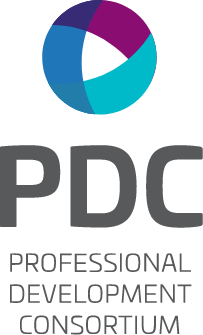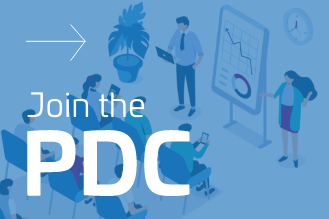You are here
Email Evolution: What’s Changed Since 2019?
September 30, 2024
Author: Kiko Korn
In 2019 I gave a PDC Webinar called 10 Ways to Win @ Email. I remember being nervous—not about the topic (how to draft clear, professional emails) but about the medium. There would be no audience smiles, no nods when I asked if anyone had ever forgotten to attach an attachment. How would I know if people were engaged?
Fast-forward five years to a world where remote, hybrid work and virtual programming are the norm. This change in our work landscape has profoundly affected the way we communicate with each other, and email is no exception. The email terrain has now changed—and so have our readers.
Writing clear, concise, reader-focused emails has become even more critical.
How can you adapt to communicate value to your readers in every email?
Let’s start with the way email has changed:
- Connection Potential. Because emails often replace face-to-face interaction, they need to engage readers, clarify concepts, and build relationships in ways that weren’t as necessary before.
- Volume. Email volume has skyrocketed—up 8-12% for professionals and 15-20% for lawyers (translating to around 300 emails per day for some—yikes!). Clarity and brevity are even more essential.
- A Shift in Internal Communication. Collaboration platforms like Slack and Microsoft Teams have captured much of our short, internal messaging. That means we communicate more in-depth or complex information by email.
Readers have also changed:
- Scarce Attention and Focus: Studies show that readers’ attention spans are getting shorter and that multitasking tires readers’ brains. As a result, readers skim emails more than they used to and give up on reading them more quickly.
- Expectations. Today’s readers expect more authentic communication. Even formal emails now need a warmer, more conversational tone.
How can you adapt?
Tap into your preferences as a reader. Research shows that all readers read the same way. Do you like wading through long emails with dense text, long sentences, and the bottom line . . . at the bottom? Or wrangling with error-ridden messages without a clear direction? I’m guessing you answered no!
Think of what you like in other people’s messages:
- helpful, specific subject lines
- the bottom line up front
- easy-to-read formatting
- one topic per message
- shorter sentences and shorter messages
- short, familiar words
- clear directions and action items
Your readers want the same thing.
Always edit and proofread. Your first draft will rarely be reader ready. Editing your emails—even super-short ones—is essential. Try these tests before you press send:
Scan for 5 seconds. Would your reader know why you’re writing? If not, move the bottom line up front. Does the text look overwhelming? Insert hard returns, headings, a numbered list, or bullet points.
Predict your reader’s next three questions. What do you need me to do or answer? When do you need this? Why should I do it? How can I do it? Answering these questions will help you notice gaps in your message.
Read your emails out loud (try a British accent!). Studies show that slowing down will help you catch careless errors. You’ll also hear the tone—is it positive, friendly, neutral, or irritated?
If editing every email sounds like too much work, please trust me: the more you practice, the faster you’ll get.
Use AI tools wisely. AI tools now prompt us to attach our attachments, suggest ways to end our sentences or adjust our tone, flag grammatical errors, and allow us to delay sending until Monday morning. We can also ask AI writing assistants to generate initial messages or help create concise summaries of long documents or meetings.
Test the tools available to you, but don’t rely on them without thinking or editing. The AI tools I used to generate ideas for this post were a helpful start but also produced text with grammatical errors, repetition, clunky transitions, and sentences that sounded good but weren’t accurate or necessary. As with everything I write, I edited it to make sure the post was clear, concise, correct, and authentic. When using tools, remember that you should have the final word.
***
By editing for clarity, brevity, and value, we can transform our emails from mere tasks into opportunities to work smarter and build stronger relationships. When we communicate well by email, everyone wins.


